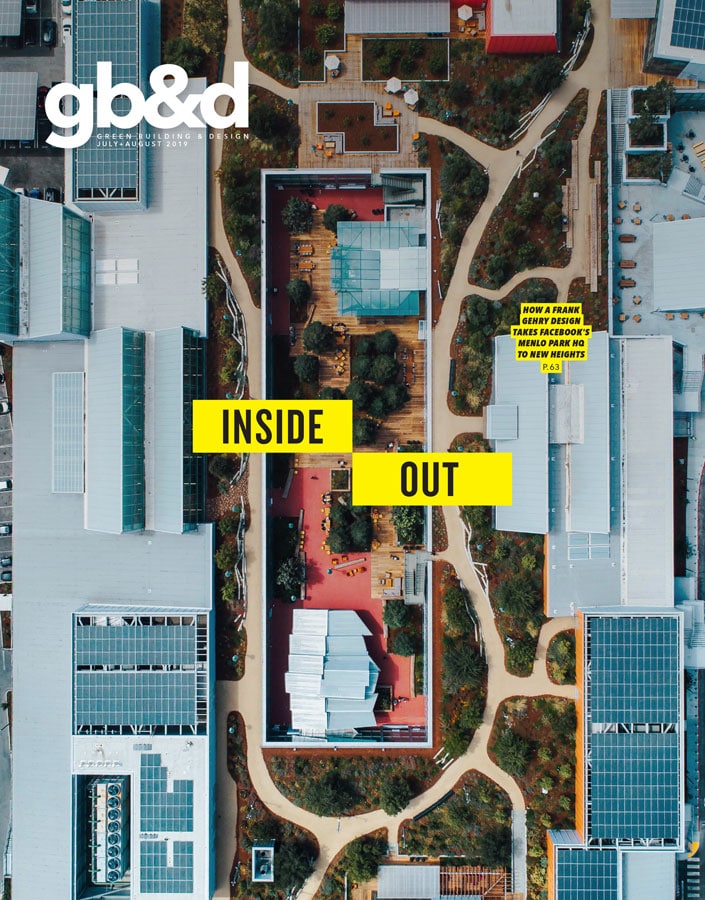
Milwaukee Tool turned to Overtone Acoustics for acoustic panels printed with custom artwork. [Photo: Courtesy of Overtone Acoustics]

Brad Turpin knows something about being productive. In less than six years he took his startup business from his garage to a 75,000-square-foot production facility. And in doing so, he’s helped revolutionize the way recording studios, businesses, and workplaces of all kinds think about sound. In other words, he knows better than anyone that you can’t be productive if the sounds around you are distracting. Turpin started Overtone Acoustics out of a desire to bring professional-quality acoustical control to the masses. Through custom-made panels and treatments, the firm helps designers and business owners reduce reverberation and echo that impair productivity. Here, Turpin explains how unwanted noise can negatively affect work environments.
As a business leader, there’s nothing worse than the old refrain: I can’t hear myself think. In today’s workplace, employees are forced to multi-task and stay motivated to meet ever-faster deadlines, but that’s hard to do when you’re trying to block out unwanted noise.
Excessive sound leads to more than just hearing loss. It can also cause mental stress and raise your blood pressure, according to the Centers for Disease Control and Prevention. Sick and stressed workers can’t do their best work—and that, of course, hurts the bottom line.
The problem is clear. But what does it take to achieve the right workplace acoustics? Start by looking at the materials in your space. If the office is made up of hard, reflective surfaces like glass, metal, wood, or concrete, you can expect a lot of reverberation. That’s where treatments come in. Whether it’s panels on the wall or ceiling, adding these fixtures can absorb the unwanted noise and help employees concentrate.

[Photo: Courtesy of Overtone Acoustics]
By minimizing this reverberation, you can increase the intelligibility of speech. This allows for both better conversation and reduced fatigue. The key is to understand your noise environment—ideally before you create your space.
Milwaukee Tool encountered this reality after completing a multi-million-dollar addition to its headquarters. The glass offices and exposed steel-beam ceilings looked great, but employees quickly realized that sound reverberated off all the hard surfaces, making it hard to hear people talking on conference room speakerphones or communicating across the room.
Luckily they were able to work with Overtone to add acoustic wall panels printed with custom artwork, brand logos, and graphics, which absorb the sound while remaining unobtrusive. Another bonus is that the company can swap out the high-resolution images on the acoustical artwork with new ones on a regular basis, allowing them to constantly keep the designs fresh.
As workplaces move toward open-plan offices, the need for smart acoustical solutions will only grow. That’s why now is the time for employers to focus on sound—for the sake of happier, healthier employees.

